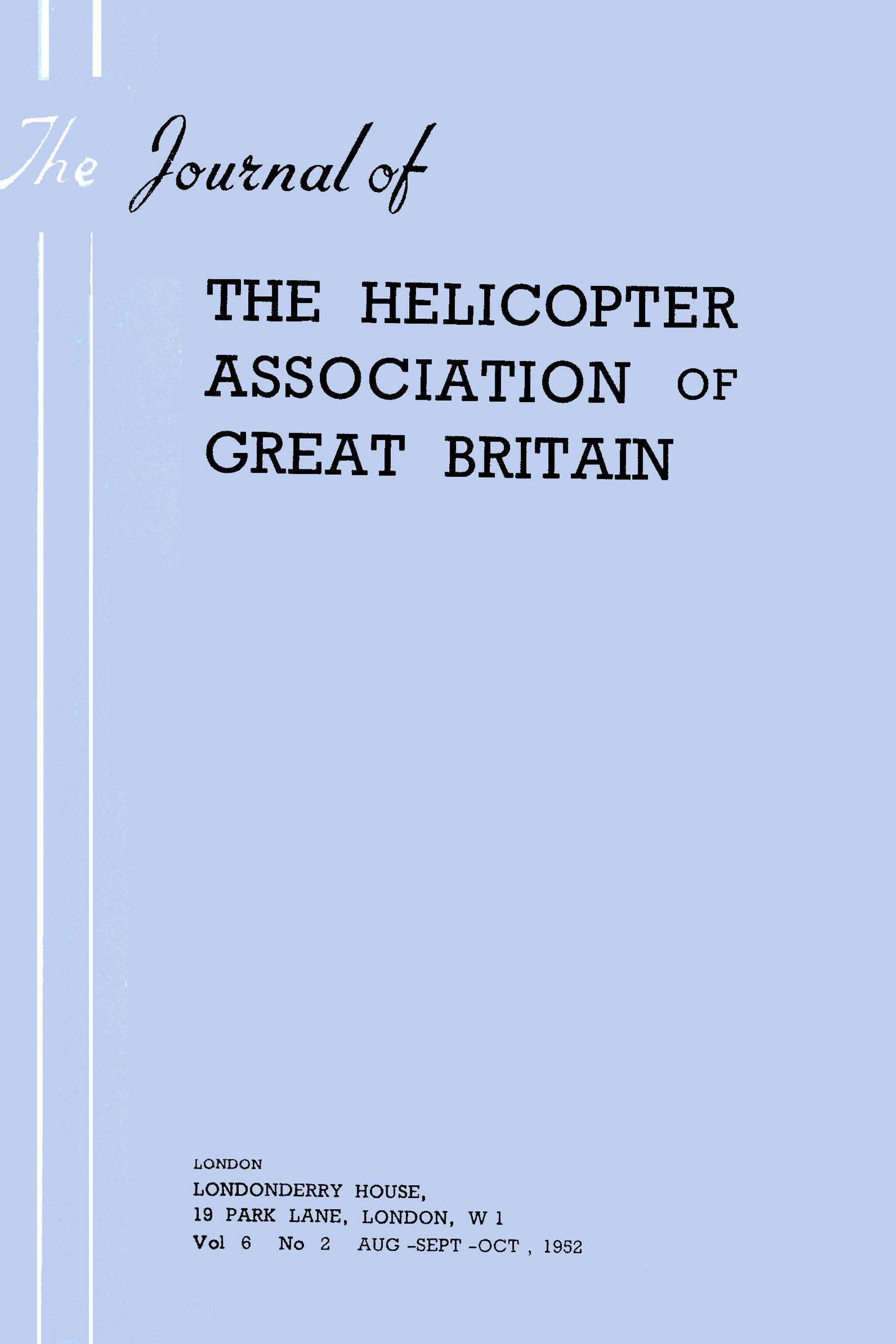No CrossRef data available.
General Principles of the Structural Design of Helicopter Blades
Published online by Cambridge University Press: 26 October 2023
Summary
In designing rotor blades their strength on the ground, their torsional stiffness, their aerodynamic shape and smoothness, etc, have all to be considered, but the primary purpose of rotor blades is to sustain helicopters in controlled flight in the air, and one of the most difficult problems arising is that of assessing the bending stresses to which rotor blades are then subjected The present treatment is, therefore, largely concerned with the estimation of the bending stresses to which rotor blades are subject in flight
The loads tending to bend blades are first taken as being identical with those to which an idealised inflexible blade is subjected These loads are analysed along and perpendicular to the blade length, and equations for the bending equilibrium of flexible blades in the lift and drag planes are developed Difficulties associated with the solution of these equations are overcome by the construction of special solutions, called “Type Solutions,” which satisfy these equations and the end support conditions of the blade These type solutions give a physical picture of the problem and help in the calculation of blade stresses
The differences between the loads on an idealised inflexible blade and flexible blades are discussed In the lift plane it is demonstrated that they are, in general, small, but the possibility of dynamic amplification of higher harmonics in the loading system is brought out, and it is suggested that there may be a need for further work on this aspect of the problem, particularly for high speed helicopters
- Type
- Morning Session (Papers)
- Information
- The Journal of the Helicopter Association of Great Britain , Volume 5 , Issue 3: Oct-Nov-Dec 1951 , December 1951 , pp. 340 - 351
- Copyright
- Copyright © Royal Aeronautical Society 1951
Footnotes
Permission to reproduce Figs 3, 4, 5 8, 9, 10 has been given by the Controller of H M Stationery Office and Fig 11 by “Aircraft Engineering”




